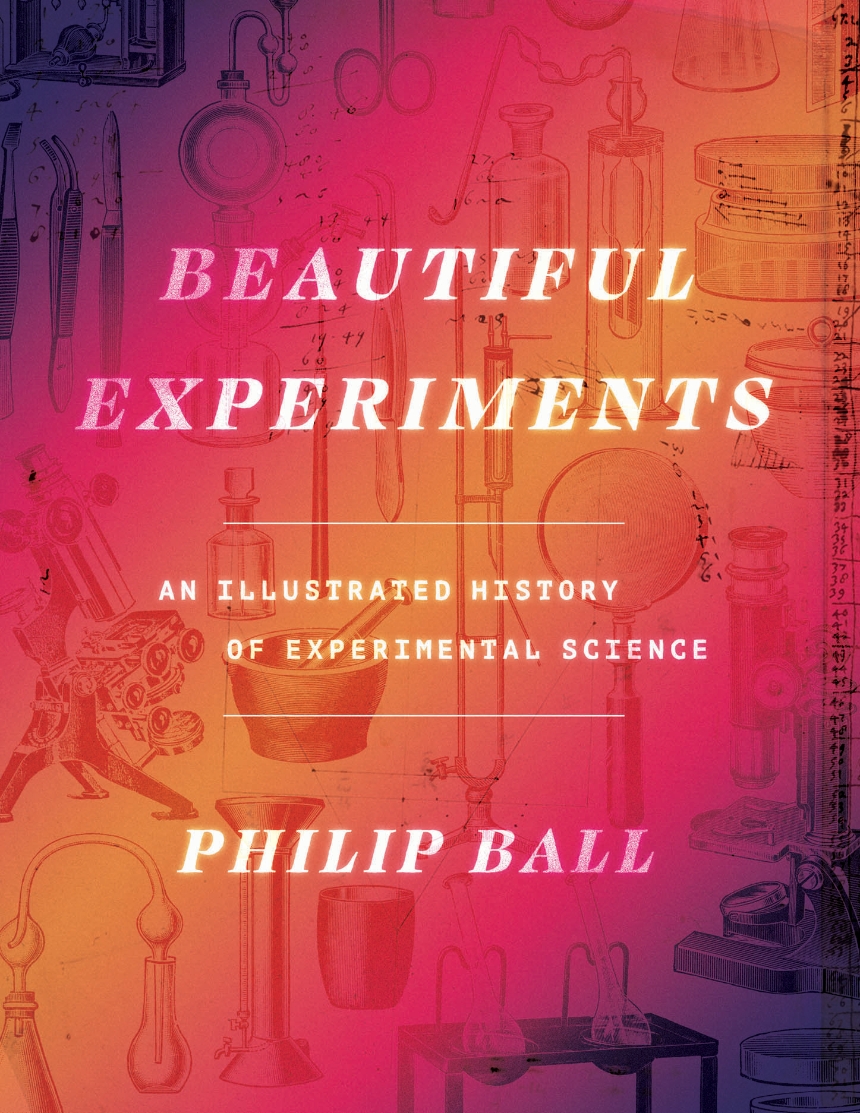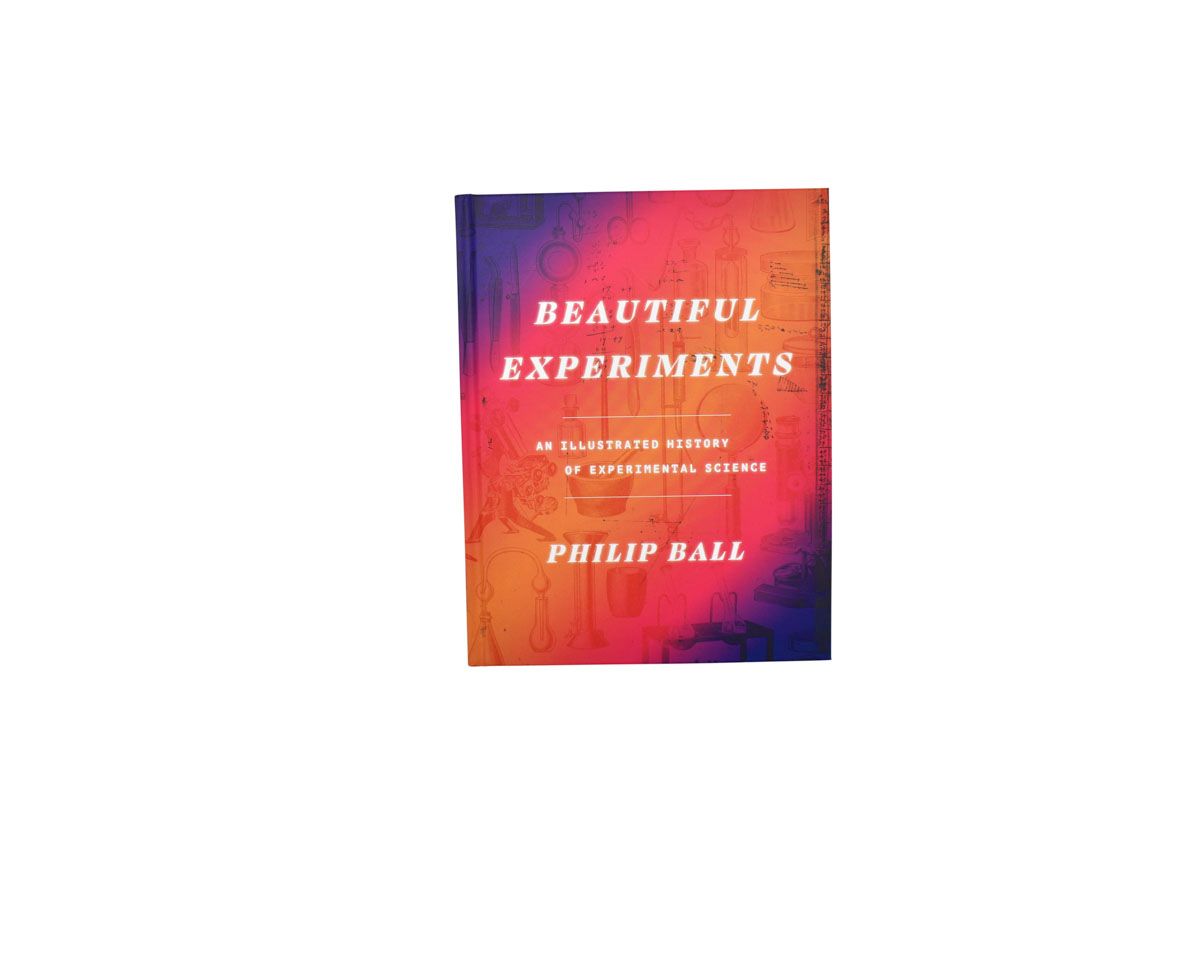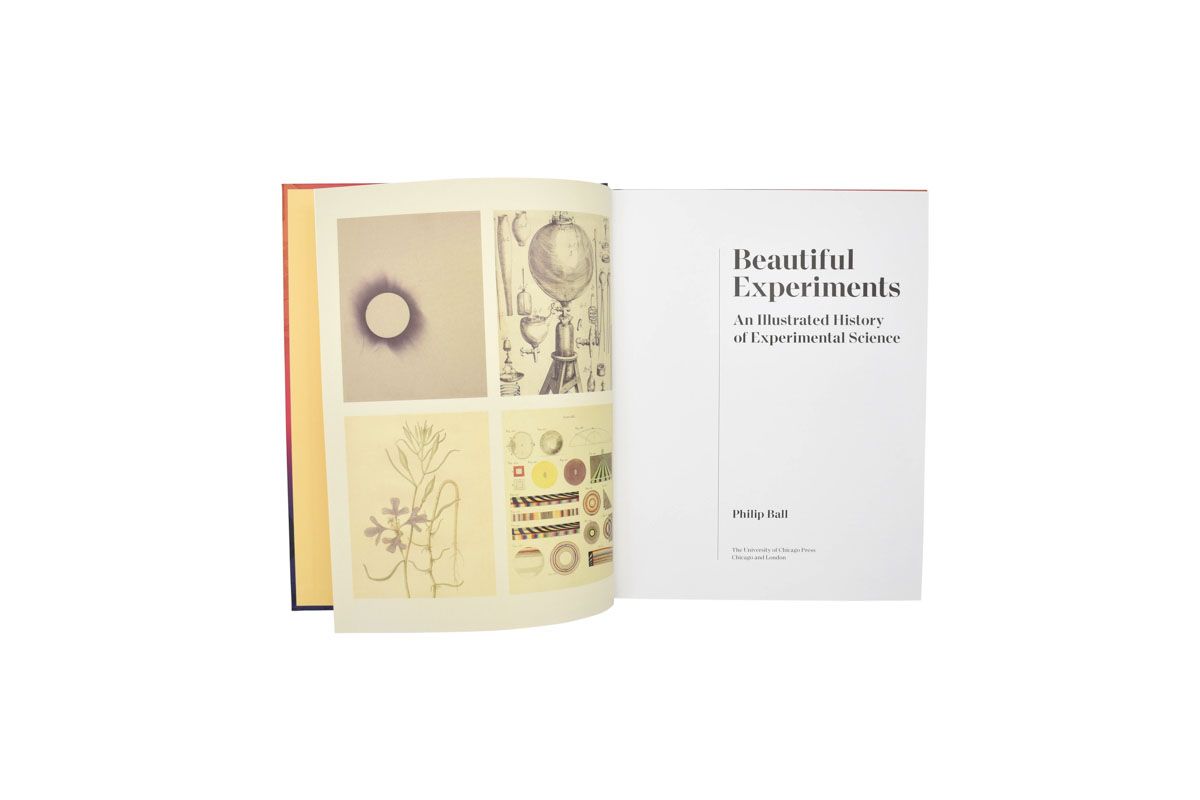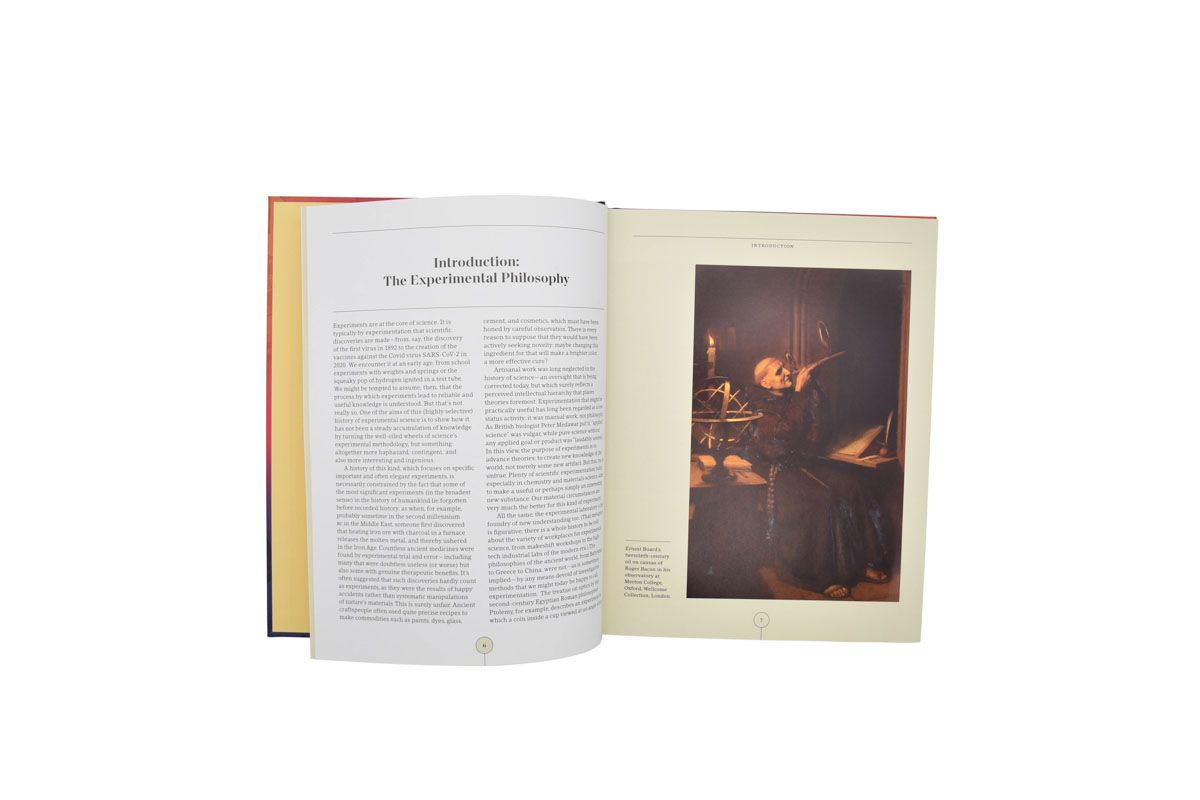Beautiful Experiments
An Illustrated History of Experimental Science
A New Scientist Best Book of 2023
Featuring two hundred color plates, this history of the craft of scientific inquiry is as exquisite as the experiments whose stories it shares.
This illustrated history of experimental science is more than just a celebration of the ingenuity that scientists and natural philosophers have used throughout the ages to study—and to change—the world. Here we see in intricate detail experiments that have, in some way or another, exhibited elegance and beauty: in their design, their conception, and their execution. Celebrated science writer Philip Ball invites readers to marvel at and admire the craftsmanship of scientific instruments and apparatus on display, from the earliest microscopes to the giant particle colliders of today. With Ball as our expert guide, we are encouraged to think carefully about what experiments are, what they mean, and how they are used. Ranging across millennia and geographies, Beautiful Experiments demonstrates why “experiment” remains a contested notion in science, while also exploring how we came to understand the way the world functions, what it contains, and where the pursuit of that understanding has brought us today.
Featuring two hundred color plates, this history of the craft of scientific inquiry is as exquisite as the experiments whose stories it shares.
This illustrated history of experimental science is more than just a celebration of the ingenuity that scientists and natural philosophers have used throughout the ages to study—and to change—the world. Here we see in intricate detail experiments that have, in some way or another, exhibited elegance and beauty: in their design, their conception, and their execution. Celebrated science writer Philip Ball invites readers to marvel at and admire the craftsmanship of scientific instruments and apparatus on display, from the earliest microscopes to the giant particle colliders of today. With Ball as our expert guide, we are encouraged to think carefully about what experiments are, what they mean, and how they are used. Ranging across millennia and geographies, Beautiful Experiments demonstrates why “experiment” remains a contested notion in science, while also exploring how we came to understand the way the world functions, what it contains, and where the pursuit of that understanding has brought us today.
Reviews
Table of Contents
Introduction
Chapter One How does the world work?
Interlude one: What is an experiment?
Chapter Two What makes things happen?
Interlude two: The impact of new techniques
Chapter Three What is the world made from?
Interlude three: What is a beautiful experiment?
Chapter Four What is light?
Interlude four: The art of scientific instrumentation
Chapter Five What is life?
Interlude five: Thought experiments
Chapter Six How do organisms behave?
Further reading 236
Index 237
Credits 240
Chapter One How does the world work?
Interlude one: What is an experiment?
Chapter Two What makes things happen?
Interlude two: The impact of new techniques
Chapter Three What is the world made from?
Interlude three: What is a beautiful experiment?
Chapter Four What is light?
Interlude four: The art of scientific instrumentation
Chapter Five What is life?
Interlude five: Thought experiments
Chapter Six How do organisms behave?
Further reading 236
Index 237
Credits 240




